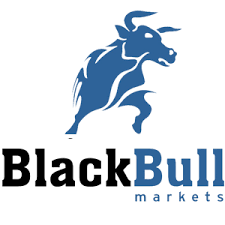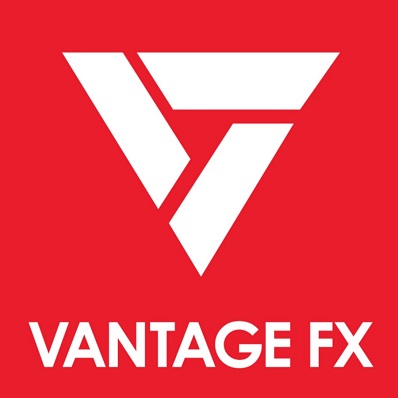Forex economic indicators are basically pieces of economic or financial data that are released regularly by government agencies and relevant bodies that reflect the health of the economy in general.
Because this data is used by market observers to examine the economy’s pulse, it is hardly surprising that everyone in the financial markets religiously follow the release of these economic indicators.
Due the fact that almost everyone in the financial markets are reacting to the same information and drawing the same conclusions, these economic indicators have the ability to generate momentum in financial markets and move prices.
List of the Best Forex trading platforms

Blackbull Markets
Although these economic data may seem extremely complicated to digest without advanced financial training, the fact is traders only need to know a few basic guidelines in order to comprehend the effects these data might have on the financial markets.
The Economic Calendar
Foremost of all, all traders must be fully aware when these economic indicators are going to be released. The calendars of these economic indicators can be found at Federal Reserve Bank website at: http://www.ny.frb.org/.
Knowing when exactly these indicators will be release will assist a trader in considering trades during these times. It will also help explain why some prices move unexpectedly during those times when these indicators are released.
Implications of Economic Data
It is unnecessary for a trader to understand every bit of every data releases. A trader only needs to be able to grasp the general concept of what each indicator would mean in order to understand their implications.
For example, a trader will need to know what Gross Domestic Product (GDP) measure and what it means when it falls or rises. They will also need to know what the Consumer Price Index (CPI) means with regards to the health of the economy.
However it should be borne in mind that not all economic indicators carry the same weight in importance. In times of problematic economic growth, GDP figures are more relevant to the financial market than data relating to inflations. Thus traders have to be aware when each of these indicators are relevant during the current period of time.
Watching Out For the Unexpected
In most cases, the importance of the data itself is overshadowed by the expectations of the market. Unless a report is wildly different and totally unexpected to what the economists and financial market experts expect, the market is generally going to reacts calmly to the release of these data.
Thus one can only expect market volatility and potentially profitable trading when the news falls outside market expectations.
The Major Economic Indicators
Some of the major indicators that a trader need to watch out for includes the following listed below:
The country’s Gross Domestic Product – GDP
The GDP of a country is the aggregate of all its goods and services produced. It shows the rate which a country is growing or decreasing. It is considered as one of the broadest indicator of a country’s output and growth.
Industrial Production
This indicator shows the change in the country’s industrial capacity and how it is being utilized. Because one quarter of the iqoptions.co.za of countries relies on the manufacturing sector, this indicator plays an important part in giving an overall picture of the health of these economies.
Thus, indices like “Industrial production and Capacity utilization index” and “Purchasing managers index” are crucial in helping form an overall picture of the industrial sector.
The producer Price index – PPI
This index measures the changes in prices paid by producers in the agriculture, utility, manufacturing and mining sector. It denotes the cost of input for production.
The Consumer Price Index – CPI
This index measures the average price of a basket of goods that an average household uses. The index is usually used to represent the inflation rate of a country. The higher the inflation rate, the lower the purchasing power of the consumers and vice versa.
The Unemployment Rates
This indicator measures the change in the number of jobless individuals in the total labor force of the country. A higher unemployment rate will indicate a weaker economy while a lower rate will indicate the economy is more robust.
Retail Sales
This indicator shows the total revenue of retail stores from the retail sector in the country. The significance of this indicator is that it represents the most up to date figures on expenditures by consumers.
Housing Statistics
This indicator measures the number of residential and commercial units that are being constructed. Because the construction sector is one of the first sector to be affected by changes in the interest rates, it can be used to tell whether interest rates are peaking or at the trough.




